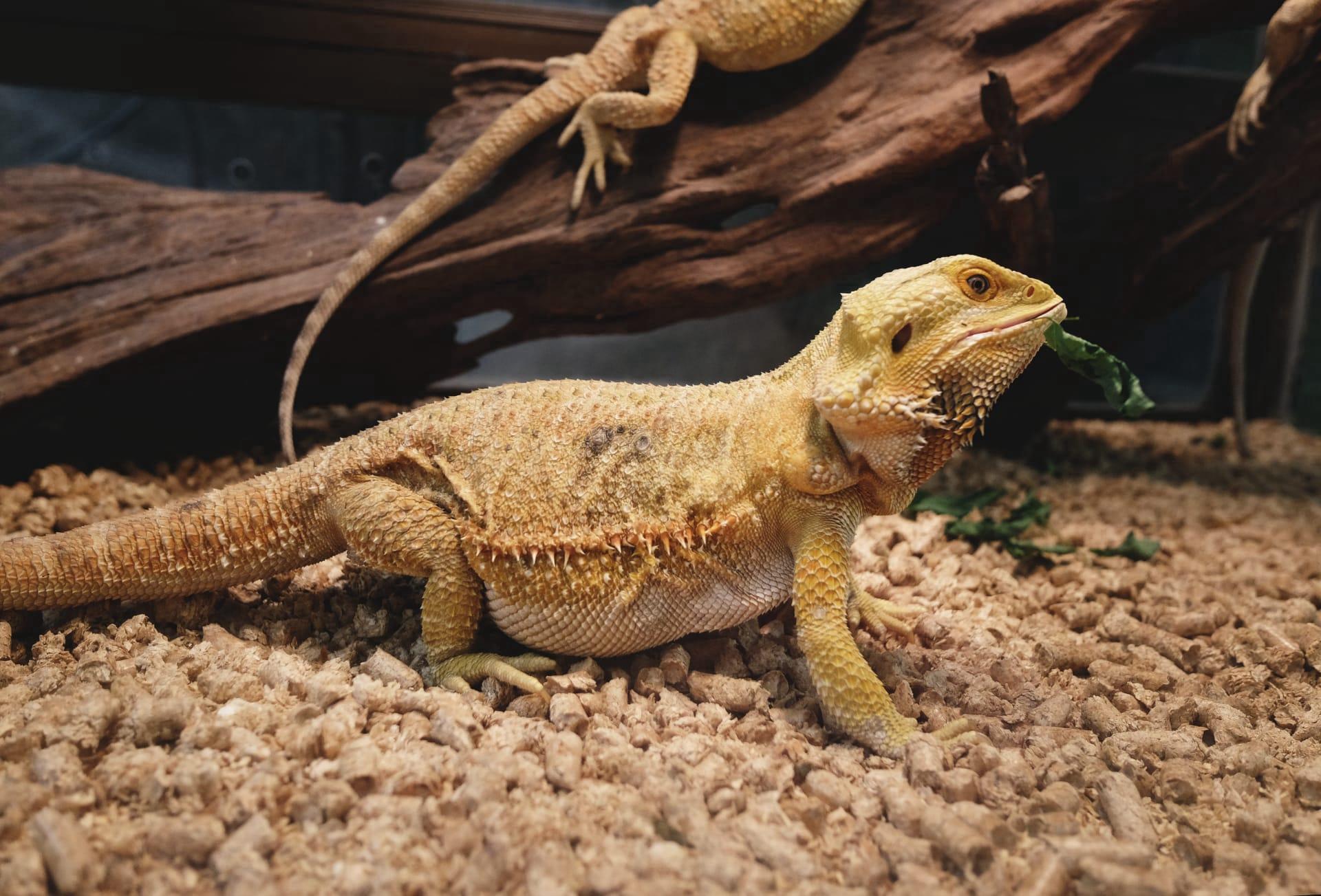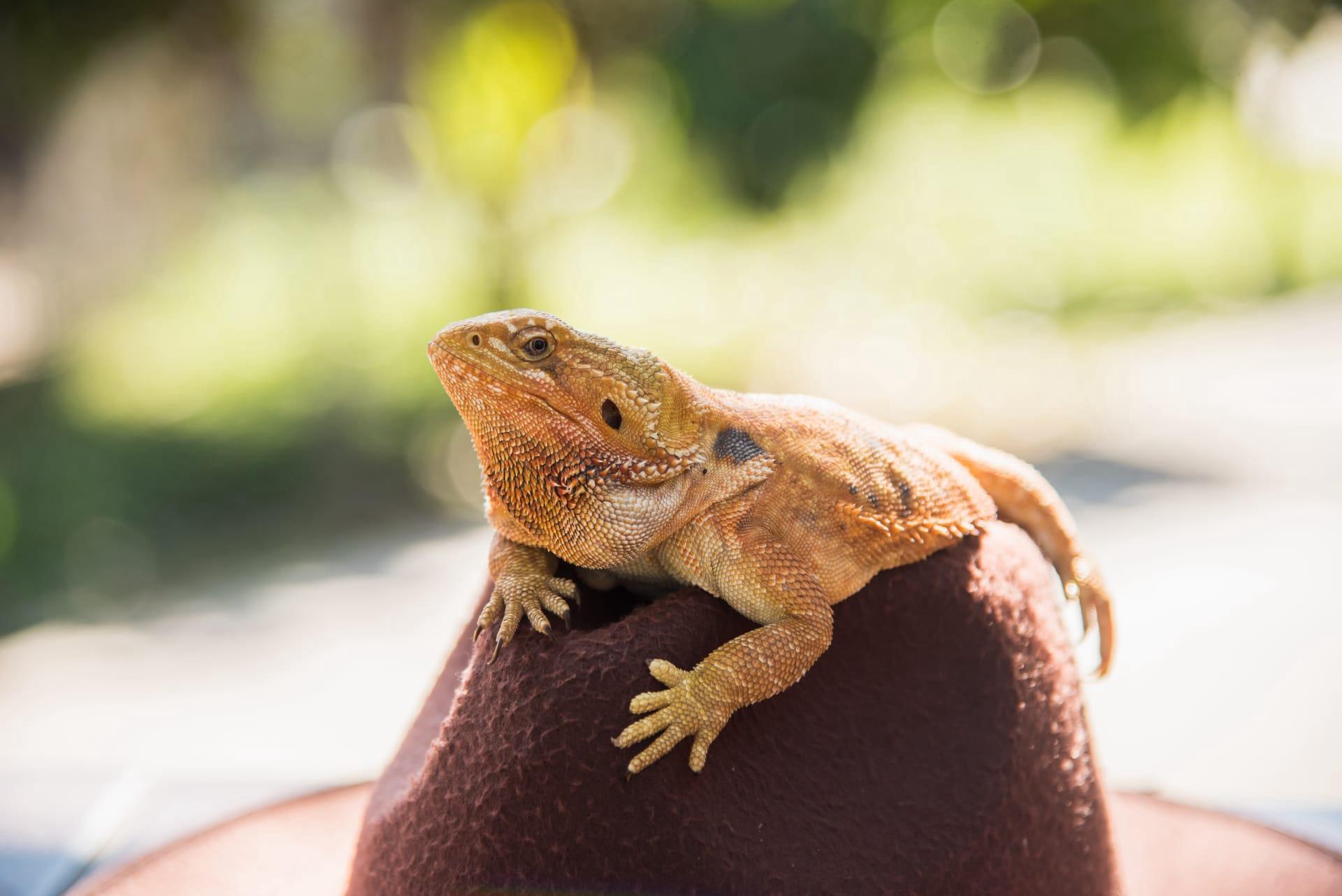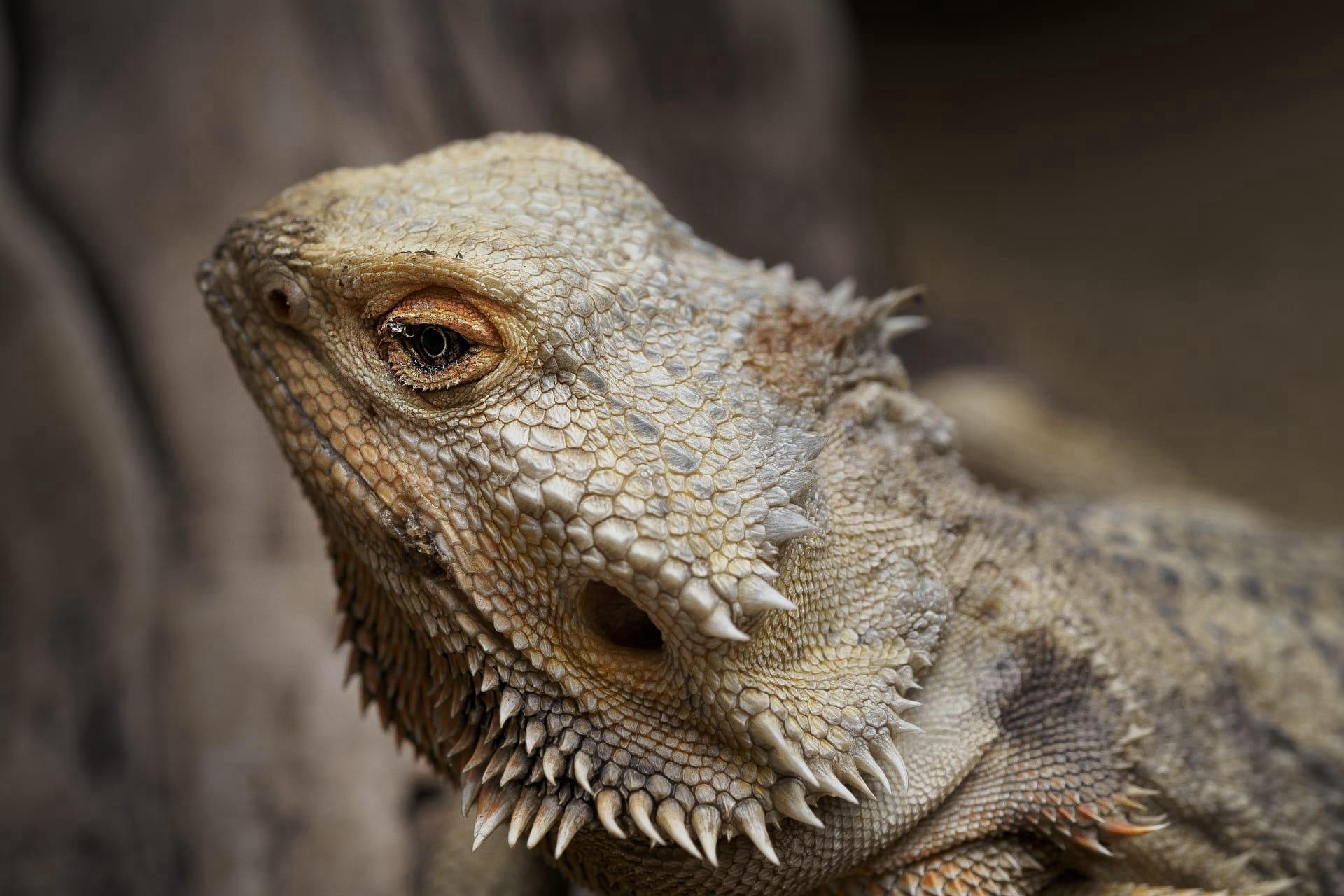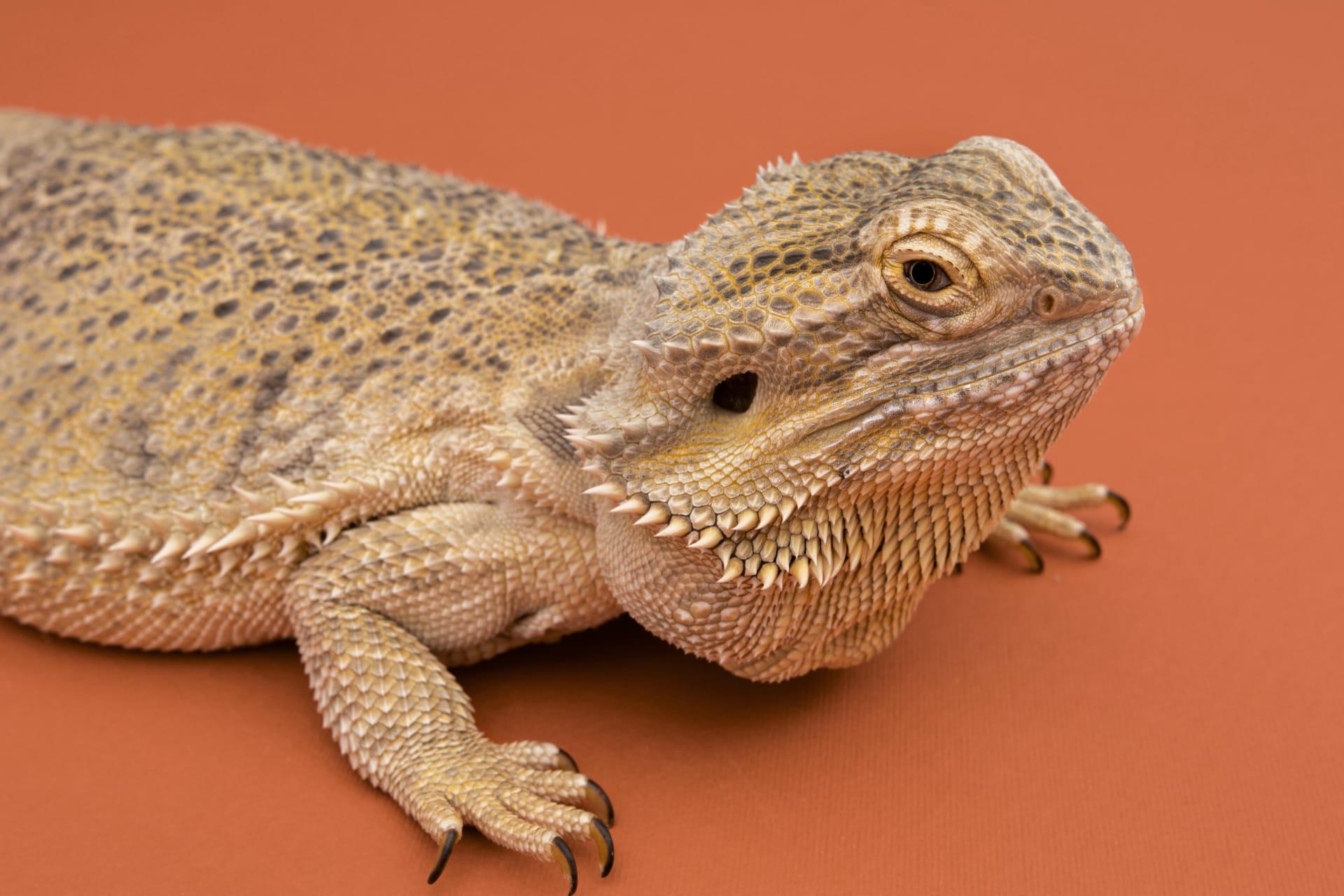Bearded Dragon Trivia
- Home /
- Trivia Question /
- Animal /
- Bearded Dragon Trivia
1
Question: How long can Bearded Dragons typically live in captivity, and what factors influence their lifespan?
Answer: Bearded Dragons, when cared for properly in captivity, can live for about 10 to 15 years. Their lifespan is heavily influenced by factors such as diet, habitat conditions, and regular veterinary care. A diet rich in nutrients, a habitat that mimics their natural environment with appropriate temperature and UV lighting, and preventative health care can significantly extend their lives.
Question: What is the average size of an adult Bearded Dragon, and does it vary between males and females?
Answer: Adult Bearded Dragons typically measure between 18 to 24 inches (45 to 61 cm) from head to tail. Males are usually larger and can reach the upper end of this range, whereas females are often slightly smaller. This size is achieved around 18 months of age, provided they have a balanced diet and proper habitat conditions.

2
Question: Do Bearded Dragons enjoy being handled and petted, or do they prefer to be left alone?
Answer: This is a common misconception. While Bearded Dragons can tolerate handling, their preference varies individually. Some enjoy human interaction and can be quite sociable, while others may be more reserved and stress easily. It's important to gradually acclimate them to handling and always be gentle and calm.
Question: Is it true that Bearded Dragons can only eat live insects?
Answer: Actually, Bearded Dragons have a varied diet. While they do eat live insects like crickets and mealworms, especially when young, adult Bearded Dragons require a diet that includes a variety of vegetables and fruits. This balanced diet is crucial for their health, providing necessary vitamins and minerals.

3
Question: How do Bearded Dragons regulate their body temperature in the wild and in captivity?
Answer: Bearded Dragons are ectothermic, meaning they rely on external heat sources to regulate their body temperature. In the wild, they bask in the sun to warm up and seek shade to cool down. In captivity, it's essential to provide a heat source like a basking lamp and a temperature gradient in their enclosure to mimic these natural behaviors.
Question: What are the signs of a healthy Bearded Dragon, and how can owners ensure their pet is thriving?
Answer: A healthy Bearded Dragon will have clear, bright eyes, a well-rounded body without signs of malnourishment or obesity, and be alert and active. They should have a regular eating and shedding schedule. Owners can ensure their health by providing a balanced diet, proper habitat setup, and regular health check-ups with a reptile-savvy veterinarian.

4
Question: Can Bearded Dragons recognize their owners, and do they show affection?
Answer: Bearded Dragons have the ability to recognize their owners through consistent interaction and handling. While they may not show affection in the same way mammals do, they can display comfort and trust towards their owners by calmly sitting on them and being relaxed during interactions.
Question: What is the importance of UV lighting for Bearded Dragons in captivity?
Answer: UV lighting is crucial for Bearded Dragons in captivity. They need exposure to UVA and UVB light to synthesize vitamin D3, which is essential for calcium absorption. Without adequate UV lighting, they can develop serious health issues like metabolic bone disease, which leads to weakened bones and deformities.

5
Question: How do Bearded Dragons communicate, and what are some common behaviors to look out for?
Answer: Bearded Dragons communicate through a range of behaviors. Head bobbing can indicate dominance or courtship, arm waving is a sign of submission, and puffing up their beard is a defensive behavior. Understanding these behaviors helps in interpreting their needs and moods.
Question: What environmental enrichment can be provided to Bearded Dragons in captivity to mimic their natural habitat?
Answer: To mimic their natural habitat, provide a variety of climbing structures like branches and rocks, a digging substrate for burrowing, and hiding spots for security. Also, regularly changing the layout of their enclosure and introducing safe, interactive toys can stimulate their mental and physical well-being.